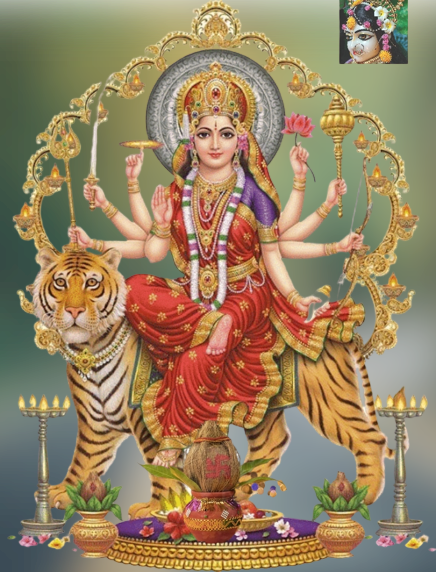Tulsi Kanthi: Who can wear and What are the Niyams
Everyone can wear Kanthi Mala, the special thing is that, even if we are not taking initiation - we are wearing Brinda Sakhi and Tulsi ji around our neck, then we should not eat any inedible food, drink any inedible drink and do not act against any scripture.
Because now Brinda Sakhi is with us every moment - she will protect us, if we eat amnia by mistake - it becomes prasadi as soon as it goes down our throat... Kanthi is sitting. If there is a mistake, then she takes care of it, no one - no kind of evil can touch the one in whose neck Shri Tulsi ji is sitting. To... Whatever happens in Maran Sutak etc. then be a little careful in that, you may not get it.... because Brinda Sakhi is seated after getting the brahmins, if after the thirteenth day, then it is not a problem but that They should not get prasad etc. in the line or in that festival, even if they have not taken initiation - if they have tied the neck, then they should do this much and the second important thing is - chant the name: Chant the name of whatever God you like. And all the time this kanthi reminds us that we are in bondage to the Lord. Just like Saubhagyavati's Mangalsutra, all the time - proving to outsiders as well as myself - that I am Saubhagyavati, similarly it is Mangalsutra for us that I am bound by Hari's slavery, this kanthi is tied for them only, this is Mangalsutra. Hari is our dearest, we are enslaved to Hari, this kanthi is the symbol of this.. So respect it too - Admit that, we are standing somewhere in such a dirty place wearing a kanthi, we have met dirty people: look at the kanthi tied - Have applied tilak, man….. should be a little ashamed - such people say and even say, so this one should protect his modesty too, keep food and drink properly, chant the name and it is very good - good luck It is that this symbol of Hari's servitude, Shri Kanthi is worn around his neck and should be done.... Human life has been given - to please Mangalamai Shri Hari.
Radhe Radhe 🌸




Hu
ReplyDelete👏👏
ReplyDeleteGood information
ReplyDelete